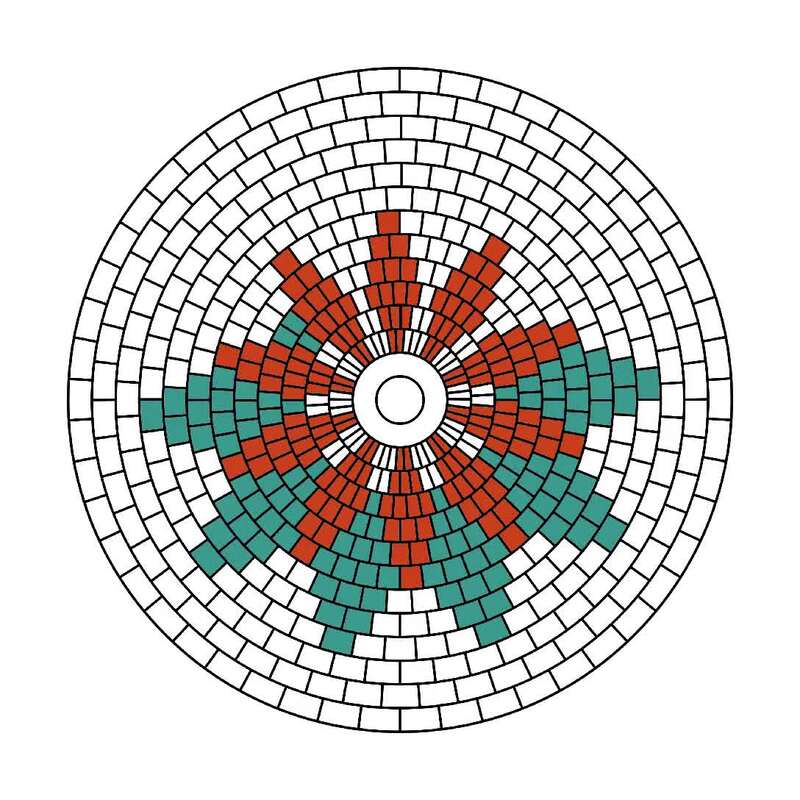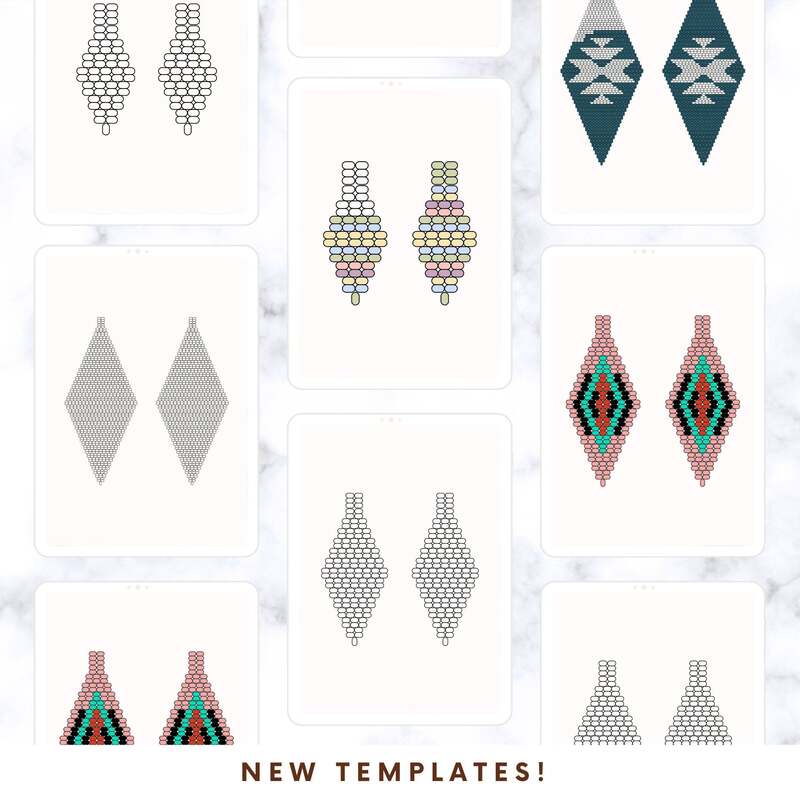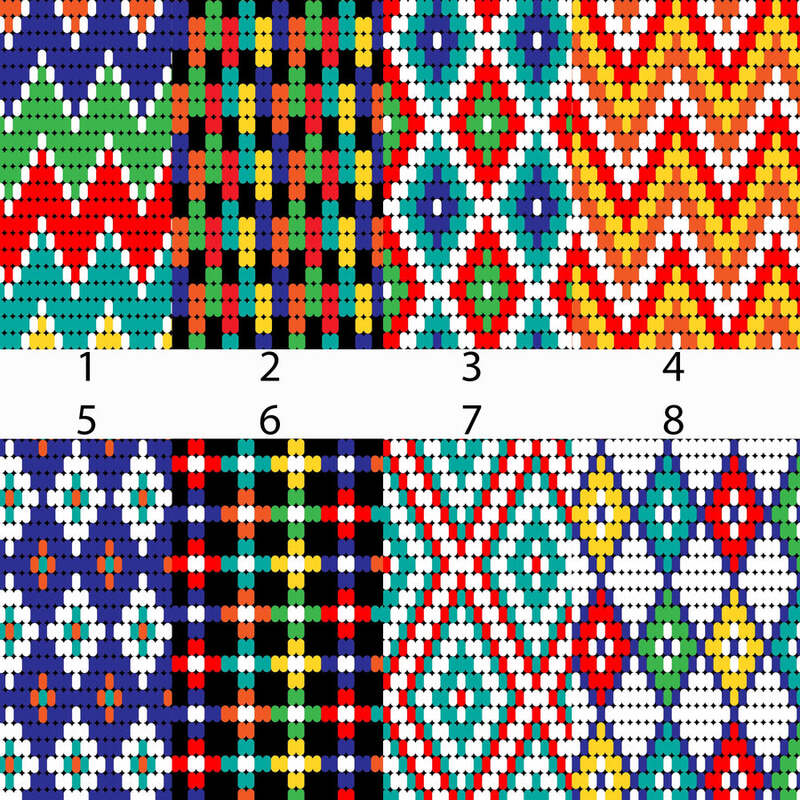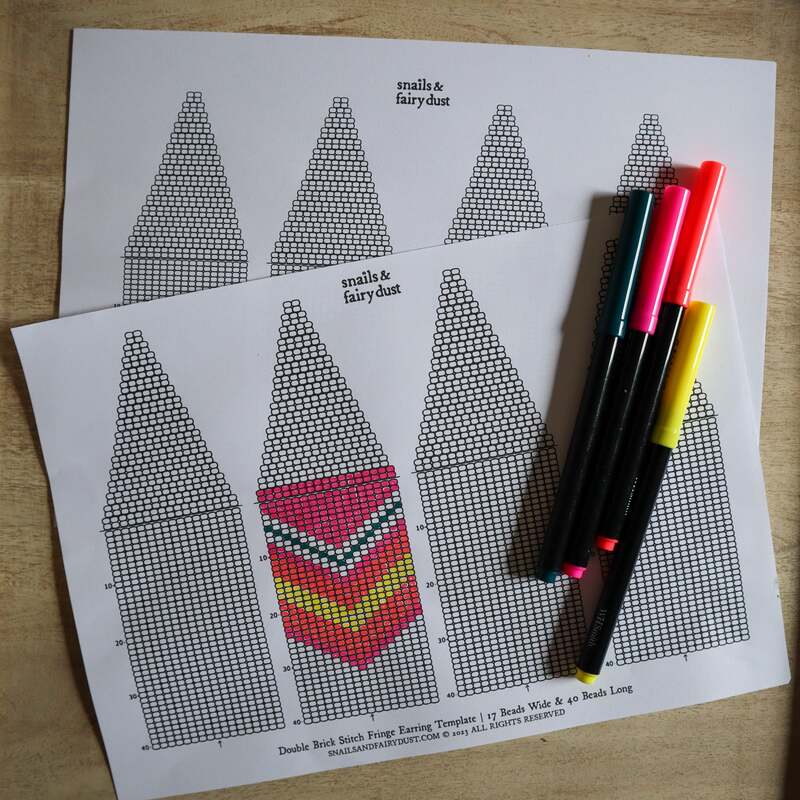Beading is more than a hobby; it’s a creative expression. For both beginners and seasoned crafters, having a beading template proves invaluable. It allows artists to visualize their designs. Moreover, templates can simplify complex projects. By providing a clear structure, templates make beading accessible to everyone. This article delves into the significance of beading templates, their types, and practical tips for using them effectively.
The Importance of Beading Templates
When diving into the world of beading, templates serve several essential purposes. First, they help in organizing beads and colors. Therefore, it streamlines the artistic process. With clear guidelines, crafters can focus on creativity instead of frustration. Templates usually include measurements and patterns. Consequently, this makes it easier to understand how each piece fits together.
Another vital aspect is the elimination of guesswork. Templates take the uncertainty out of beading. Instead of trying to remember where each bead goes, you can follow a defined path. This can lead to more finished projects. Additionally, templates are great for accuracy. Crafting intricate designs becomes easier. Beginners gain confidence as they create with direction.
Templates Enhance Creativity
Templates not only serve a functional purpose; they also enhance creativity. When one follows a template, it can ignite inspiration. You may find new combinations of colors and shapes as you work. This can lead you to deviate from the original design. In turn, this sparks new ideas and innovations. Even experienced beaders may discover something extraordinary.
Moreover, templates allow for experimentation without the pressure. You can modify a template to fit your style. By adding or substituting certain elements, you can create a unique piece. This flexibility enables personal expression. Ultimately, templates act as starting points for creativity to flourish.
Categories of Beading Templates
Beading templates come in various categories. These include basic templates, advanced designs, and customizable options. Each category caters to different skill levels and project needs. Basic templates usually feature simple patterns, great for beginners. They provide a foundation upon which more complex projects can be built.
Advanced designs, however, offer intricate patterns and shapes. These may require additional skills, like color theory and bead selection. Finally, customizable templates allow individuals to draft their patterns. These templates let you express your unique vision without limitations. Knowing your category will guide your creative process.

How to Create Your Own Beading Template
Creating your own beading template can be both simple and rewarding. First, gather the materials you need. This includes graph paper, a pencil, and eraser. Once that’s done, decide on the design you want to create. Sketch out a rough outline of your vision. This initial sketch allows you to visualize proportions and spacing.
Next, translate your rough sketch into a precise template. Use graph paper to maintain symmetry and balance. Remember to keep a scale in mind. Each square can represent a bead or a specific measurement. This accuracy ensures the template supports your design effectively. Additionally, consider color placement. Choose colors that complement each other, enhancing the overall aesthetic.
Once you finalize the design, double-check your calculations. Make sure that all sections are proportionate. This step can save you time during assembly. After confirming everything, your template is ready touse. By following these steps, you empower your creativity. Thus, creating your own templates can deepen your connection to your art.
Tips for Successful Template Creation
Creating successful beading templates requires careful planning. First, start with a simple design. Complex projects can be overwhelming, especially for beginners. Gradually increase complexity as you gain confidence. The key is to enjoy the process without rushing.
Secondly, incorporate color codes into your templates. This helps in visualizing the final product. A color-keyed layout aids in choosing beads later. This method saves time while shopping for materials. Furthermore, consider versatile designs. Templates that can be adapted for various projects maximize utility. For instance, a floral pattern can work for bracelets and necklaces.
Finally, document your process. Keep copies of your templates in an organized folder. This allows easy access for future reference. You might discover you want to refine certain designs over time. By documenting these changes, you grow as an artist.
Utilizing Technology for Beading Templates
In today’s digital age, technology offers new ways to create beading templates. There are software programs specifically designed for crafters. These platforms provide tools to create intricate designs. You can easily adjust dimensions and patterns at the click of a button.
Additionally, mobile apps can aid in designing templates. Many of these apps are user-friendly. They often include tutorials, guiding users through the design process. Everyone can leverage these modern tools, regardless of computer skills.
Also, sharing your digital templates online fosters a community. For instance, social media platforms allow you to showcase designs. You can exchange ideas and receive feedback from other crafters. This connection can enhance creativity and lead to improved designs.

Tips and Tricks for Effective Use of Beading Templates
Using beading templates involves more than just following them. First, gather all necessary materials before starting. This includes your beads, tools, and the template itself. By preparing in advance, you can work uninterrupted.
Next, read the instructions carefully. Understand the layout and assembly before jumping in. Taking time to familiarize yourself can prevent mistakes. Following the template step-by-step ensures a more polished final product.
Another important aspect is to practice patience. Beading can take time, especially for intricate designs. Rushing through the process may lead to errors. Instead, take breaks if you feel fatigued. Returning with fresh eyes can yield better results.
Choosing the Right Beads for Your Template
The choice of beads significantly affects your template’s outcome. Start by considering color harmony. Look for beads that complement each other. Additionally, think about size and shapes. Different shapes can lend a unique texture to the finished piece.
Moreover, explore various materials. Glass, wood, and plastic beads offer different aesthetics. This variety allows for dynamic designs. Experiment with combinations to find what works best for you.
Finally, consider the durability of the materials. Some beads, like delicate glass, may chip easily. Other materials may withstand wear better. Your choice should balance aesthetics and practicality. Thus, selecting the right beads elevates your crafting experience.
Incorporating Patterns into Beading Templates
Patterns play a crucial role in the effectiveness of beading templates. Geometric designs are simple but impactful. They are easy to replicate, particularly for beginners. Meanwhile, intricate patterns challenge more experienced crafters.
Additionally, motifs from nature can inspire beautiful designs. Flowers, leaves, and animals are popular choices. These organic shapes can evoke emotions and tell stories. They allow for creativity while providing a structured design.
Furthermore, using repeating patterns adds a rhythmic quality to your work. This can lead to visually captivating results. Consider various patterns while drafting your template. Experimentation often results in a stunning final product.

Conclusion: Embracing the Journey of Beading
Beading templates are valuable tools in the art of craft. They enhance creativity while providing structure and guidance. Whether you choose to buy or create your own, templates enrich the beading experience.
Additionally, expanding your knowledge on beading types and designs is crucial. This experimentation can lead to unexpected discoveries.
Ultimately, the journey of beading is about enjoyment. Embrace each project as an opportunity for growth. Let your imagination run wild, and see where it takes you. Beading is a fulfilling art form that blends patience and creativity. Enjoy every moment in this wonderful world of beads.
